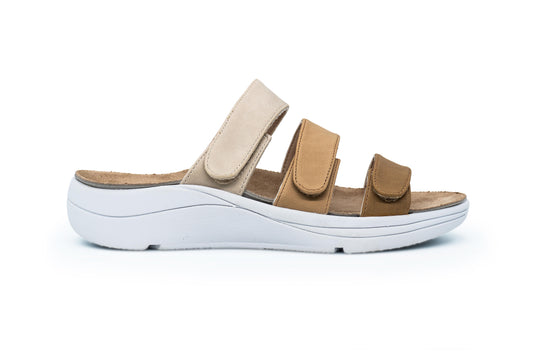Understanding the Different Stages of Diabetic Foot Ulcer
Diabetic foot ulcer (DFU) is a common complication of diabetes that can progress through various stages. Understanding these stages is crucial for proper management and prevention of complications. Here are the four stages of DFU:
Stage 1: Pre-Ulcerative Lesion
In this stage, the skin on the foot may be intact or present with a shallow ulcer. The skin color may be red or blue, and the area may be warm to the touch. Pain and swelling may also be present.
Stage 2: Superficial Ulcer
The ulcer extends deeper into the skin, exposing the underlying tissues. The wound is shallow and has a pink or red wound bed. The surrounding skin may be warm, red, or swollen.
Stage 3: Deep Ulcer
The ulcer extends through the full thickness of the skin and into the underlying tissues. The wound may appear as a crater, and the surrounding skin may be warm, red, and swollen. There may be signs of infection, such as pus or foul odor.
Stage 4: Gangrene
The ulcer has progressed to the point where the tissues in the foot have died. The affected area may appear black or blue, and there may be a foul odor. The foot may be cold to the touch, and there may be no sensation in the affected area.
It's essential to seek medical attention as soon as possible if you have a diabetic foot ulcer to prevent it from progressing to more severe stages. Proper wound care, including keeping the ulcer clean and dressed, is crucial. Additionally, managing blood sugar levels and following a diabetic diet can help prevent DFU and its complications.
Browse our Prescribed Orthotics to learn more.Check out our extensive collection of shoes for arthritis to find the best shoes for your feet. Look through our most-sought-after styles to get the right pair for you today with DiabeticShoe.in.








